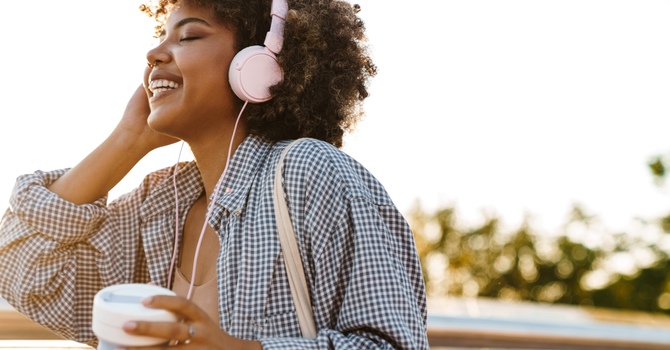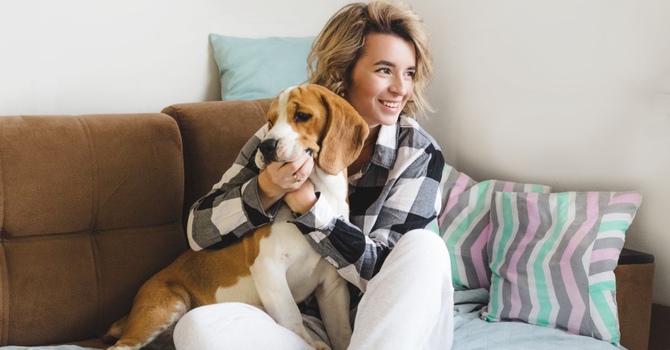Our earliest experiences don’t just stay in the past. They echo in our present and especially in our relationships. From how we communicate and show affection to how we handle conflict and set boundaries, our childhood experiences often act as an invisible script guiding how we connect with others.
The good news is that these patterns aren’t fixed. With awareness and effort, we can rewrite the script.
The Roots: How Childhood Experiences Shape Us
1.) Attachment Styles Begin Early
Attachment theory suggests that the bond formed between a child and their primary caregiver creates a blueprint for future relationships. These patterns tend to fall into four types:
- Secure: Formed when a child feels consistently loved and safe. Adults with secure attachment tend to have healthy boundaries and trust others easily.
- Anxious: Develops when love and attention are inconsistent. As adults, these individuals may fear abandonments and crave reassurance.
- Avoidant: Formed when emotional needs are dismissed. These adults may struggle with intimacy and prefer self-reliance.
- Disorganized: Arises from trauma or neglect. These adults may alternate between seeking closeness and pushing others away.
2.) Communication Styles are Modeled
Children absorb how caregivers argue, apologize, express emotions, or suppress them. If a child grows up in a household where emotions were ignored or punished, they might learn to fear vulnerabililty or avoid conflict altogether.
3.) Self-Worth and Belonging
Messages we received, either explicit or subtle, shape our sense of self. Were you celebrated for who you were? Or only when you achieved something? Adults who learned conditional love may chase validation, while those who felt unseen might struggle to assert their needs.
The Impact in Adulthood
- Conflict Avoidance: If a disagreement in childhood led to emotional withdrawal or punishment, adults may fear conflict and avoid expressing needs.
- Over-Functioning or People-Pleasing: Some adults learn to stay safe by being “the good kid.” As adults, this might turn into a pattern of always caretaking and ingnoring personal needs.
- Emotional Reactivity: Childhood wounds, if unhealed, can lead to big reactions to small triggers in relationships.
- Fear of Intimacy or Abandonment: Unmet childhood needs can manifest as clinginess or emotional distance in adult bonds.
What We Can Do About It
1.) Build Awareness
You can’t change what you don’t notice. Start by asking:
- What patterns show up in my close relationship?
- When do I feel triggered or shut down?
- Where might this response come from?
Journalling, therapy, or open conversation can hep you trace reactions back to their roots.
2.) Challenge the Old Story
Maybe you were told you were “too sensitive” or that needing help made you weak. These are not universal truths. As an adult, you get to decide:
- Is this a belief helping me form healthy relationships?
- Do I want to keep living by this rule?
3.) Choose Safe People
Healing happens in connection. Look for relationships where you feel seen, heard, and respected. Practice new ways of relating with people who support your growth.
4.) Learn New Skills
Many of us didn’t learn how to set boundaries, communicate our feelings, or resolve conflict healthily. But it’s never too late. Resources like books, therapy, and relationship coaching can help you build those muscles.
5.) Practice Self-Compassion
You’re not broken; you’re adapting. Many of your patterns were ways to protect yourself as a child. Honour that, and remind yourself that you’re allowed to evolve.
Final Thoughts
Your childhood shaped your relationship tendencies, but it doesn’t have to define them. You are not doomed to repeat the past. With reflection, support, and intentional action, you can form relationships that feel secure, fulfilling, and true to who you are today, not just who you had to be back then.
If you're ready to break old patterns and build healthier relationships, therapy can help. Reach out today to begin your journey toward healing and connection.

Laura Cavaliero
Contact Me


